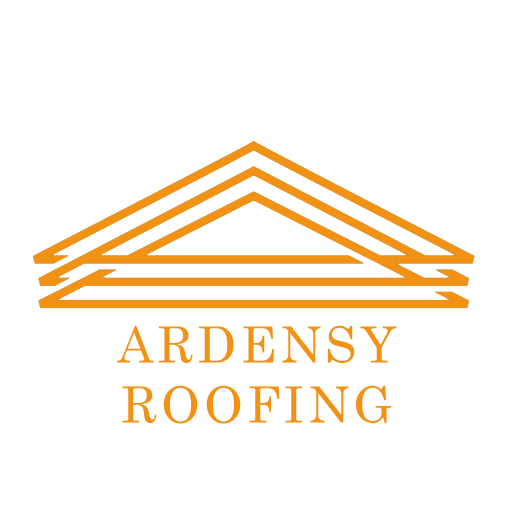Metal Roofing vs Traditional Shingles: The Ultimate Cost and Durability Showdown for 2024 Homeowners
When it comes to choosing the right roofing material for your home in 2024, the decision between metal roofing and traditional asphalt shingles has never been more critical. With rising construction costs and increasing emphasis on long-term value, homeowners are carefully weighing their options to make the most financially sound and durable choice for their property.
The Real Cost Breakdown: Initial Investment vs. Long-Term Value
Asphalt shingle roofs cost between $8,266 and $11,449 on average, while installing metal roofs cost approximately $28,060–$80,640. For a typical 2,000-square-foot home, you can expect to pay $9,858 for an asphalt shingle roof and $54,350 for a metal roof. While this significant upfront cost difference might initially favor shingles, the long-term financial picture tells a different story.
Metal roofs are more expensive but are durable, energy-efficient, and last longer—often over 50 years, compared to 20-30 years for asphalt shingles. Though shingles are cheaper initially, metal roofs may be more economical over time due to fewer replacements and repairs. When considering the total cost of ownership, metal roofs outperform asphalt shingles in resale value, with homes featuring metal roofing systems recovering between 85% and 95% of installation costs, translating to a 1-6% gain in resale value compared to homes with shingle roofs.
Durability: A Tale of Two Lifespans
The durability difference between these roofing materials is perhaps the most compelling factor in the decision-making process. Metal roofs last significantly longer than asphalt shingles, with lifespans up to 100 years compared to asphalt’s 15–30 year lifespan. More specifically, depending on the material, metal roofs can last between 40 to 80 years, significantly longer than the 20-year lifespan of typical asphalt shingle roofs.
Metal is very resilient against weather elements, including strong winds, heavy snow and even wildfires, making them a robust choice for almost any climate. This superior weather resistance means fewer emergency repairs and replacements, particularly important for homeowners in areas prone to severe weather conditions.
Energy Efficiency: The Green Advantage
Energy efficiency has become a crucial consideration for environmentally conscious homeowners and those looking to reduce utility costs. A metal roof can save a homeowner around 40% on energy costs. Metal roofs are very energy efficient due to their ability to reflect sunlight, which means less heat is absorbed into your home, reducing the workload of your air conditioning system and resulting in lower energy bills, especially during hot summer months.
The energy savings extend beyond just summer cooling costs. Metal reflects solar radiant heat, reducing cooling costs by up to 25%. For homeowners seeking to maximize their energy efficiency, metal roofs can improve energy savings by 10-25%.
Installation and Labor Considerations
The installation process differs significantly between these two roofing materials, affecting both timeline and costs. Installing a metal roof requires specialized skills and techniques, making labor costs higher than for asphalt shingles, with labor for metal roofing installation typically costing $300 to $500 per square (100 sq. ft.), leading to a total of $4,500 to $7,500 for a 1,500-square foot roof. In contrast, asphalt shingle installation is less complex and costs $2 to $3 per square foot, or $200 to $300 per square for the same roof size, making asphalt shingles a more budget-friendly option for those looking to minimize upfront expenses.
Professional Roofing Services in Alameda County
For homeowners considering either roofing option, working with experienced professionals is essential for ensuring proper installation and maximizing the lifespan of your investment. Whether you’re exploring metal roofing or traditional shingles, expert roofing Alameda County, CA contractors can provide valuable guidance on the best option for your specific needs, climate conditions, and budget requirements.
Maintenance and Long-Term Care
Most metal materials require less maintenance and repair than asphalt shingles. Metal roofs are low-maintenance, but annual inspections help prolong their life. This reduced maintenance requirement translates to additional cost savings over the roof’s lifetime, as homeowners spend less on repairs and upkeep.
Traditional shingles, while initially more affordable, require more maintenance than metal roofs and are susceptible to moss, algae, and mold growth, which can compromise their integrity over time. This increased maintenance need can add to the total cost of ownership over the roof’s lifespan.
Environmental Impact and Sustainability
Environmental considerations are increasingly important for modern homeowners. Metal roofing is 100% recyclable at end-of-life, unlike asphalt shingles that fill landfills. Metal roofs are known for their exceptional longevity, often outliving traditional asphalt shingle roofs by two to three times, with asphalt shingles typically ending up in landfills after just 15-20 years and contributing millions of tons of waste each year, while metal roofs require far fewer replacements, reducing waste accumulation significantly.
Making the Right Choice for Your Home
The decision between metal roofing and traditional shingles ultimately depends on your priorities, budget, and long-term plans. While metal roofs provide greater durability and a longer lifespan, their high initial cost can be a barrier, and since most people only stay in their homes for around 13 years on average, which is far less than the lifespan of a metal roof, the long-term value of metal roofing might not seem worth the investment if a homeowner plans to move before they can fully benefit from its durability.
However, for homeowners planning to stay in their homes long-term or those prioritizing energy efficiency, environmental sustainability, and minimal maintenance, metal roofing presents a compelling value proposition despite the higher upfront investment.
While the initial cost may be higher, metal roofs offer long-term savings due to their durability, energy efficiency, and low maintenance requirements. For 2024 and beyond, as energy costs continue to rise and environmental consciousness grows, metal roofing represents a forward-thinking investment that can provide decades of reliable protection while reducing both environmental impact and long-term costs.
